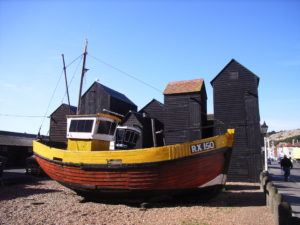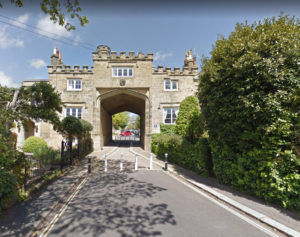


OPEN COMPETITION – FREE TO ENTER
Should buildings mimic their surroundings or should they be distinctive and challenge us visually?
HUDG is running two competitions in parallel, both of which offer the opportunity to put forward locally relevant design proposals. The primary aim of the competition is to draw out some local creativity and explore the notion of how greater design distinctiveness can benefit the locality.
One theme is to create a distinctive gateway to the town. The other is to develop a local response to homelessness.
Each competition will have two stages, Stage 1 entries to be submitted by 31st August 2020, and Stage 2 entries to be submitted by 30 November 2020. Cash prizes are available for each stage.
There is no entry fee, nor any need to register to enter, simply email your entry to HUDG via our Contact Form. Full T&C’s of the competition can be seen here.
A few introductory thoughts on local distinctiveness may help the design process, should you decide to enter.
Local distinctiveness is perhaps difficult to pin down, but it is something we all recognize when we see it. It is often the reason why we chose to visit places like York, Bath, Oxford and, indeed, Hastings.
Planning Authorities often seek to maintain what they see as the character of an area by adopting a policy of all new development “being in keeping” with it’s surroundings (see Design). At its most extreme this can stifle innovation and lead to poor quality pastiche.
Although there are some exceptions, like central Bath, and Edinburgh’s New Town, most towns and cities have developed over a significant period of time and show evidence of what, at the time were contemporary innovative buildings, standing amidst their predecessors.
If not already lost, we are in danger of losing that sense of historical progression should we insist on a “preserved in aspic approach” to our urban fabric. Much of the appeal of our towns is the sense of progression which is evident in the mix of different styles from past eras existing side by side. The danger of always “being in keeping” is that it can degrade the historic fabric with poor imitations, denying the present it’s proper place in history.
Yet there are many examples, across the UK and Europe, of successful contemporary structures co-existing quite happily with their neighbours.
So, with this competition comes the opportunity to think how development in your chosen locality can reflect our times.
Good luck!